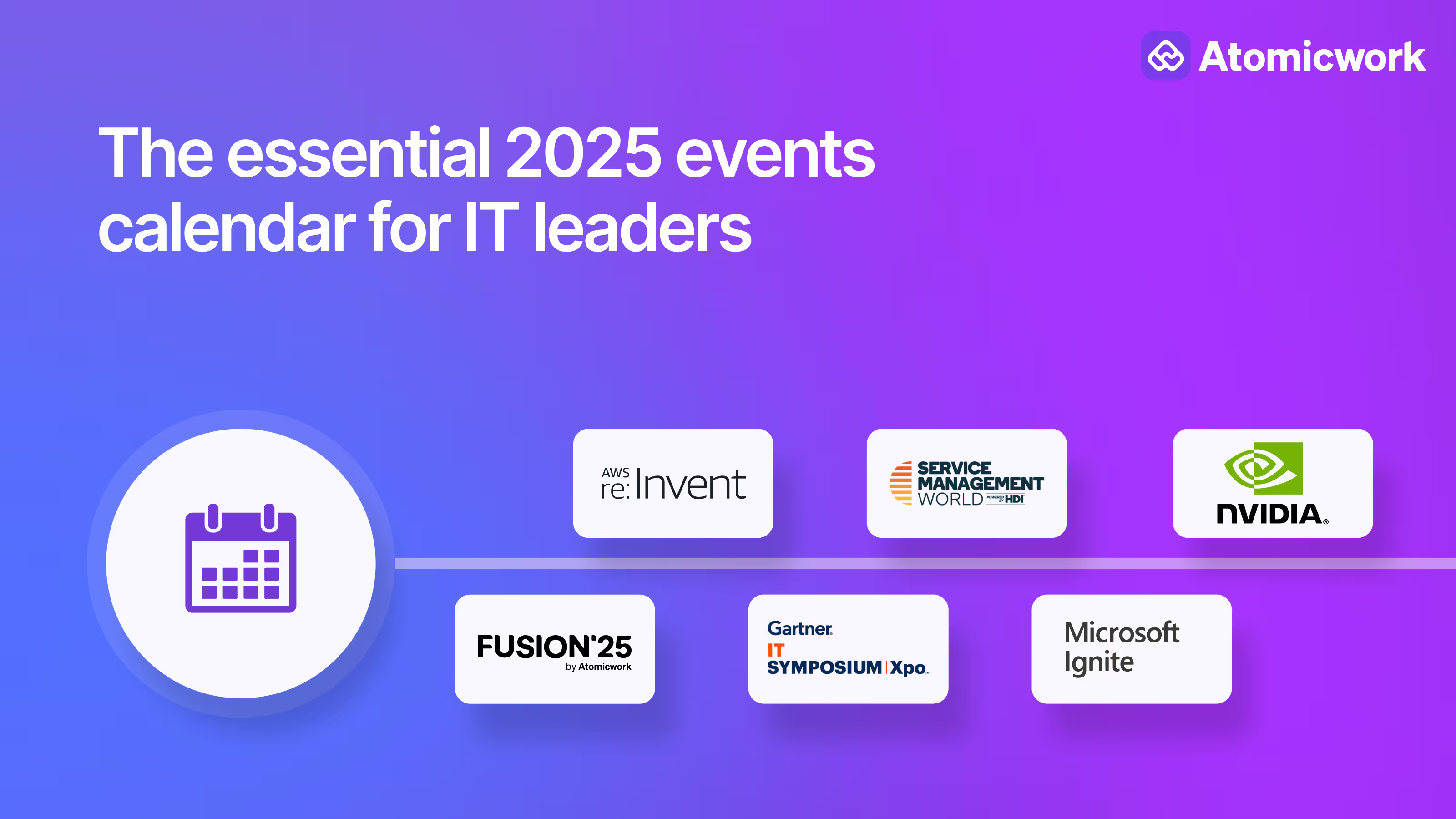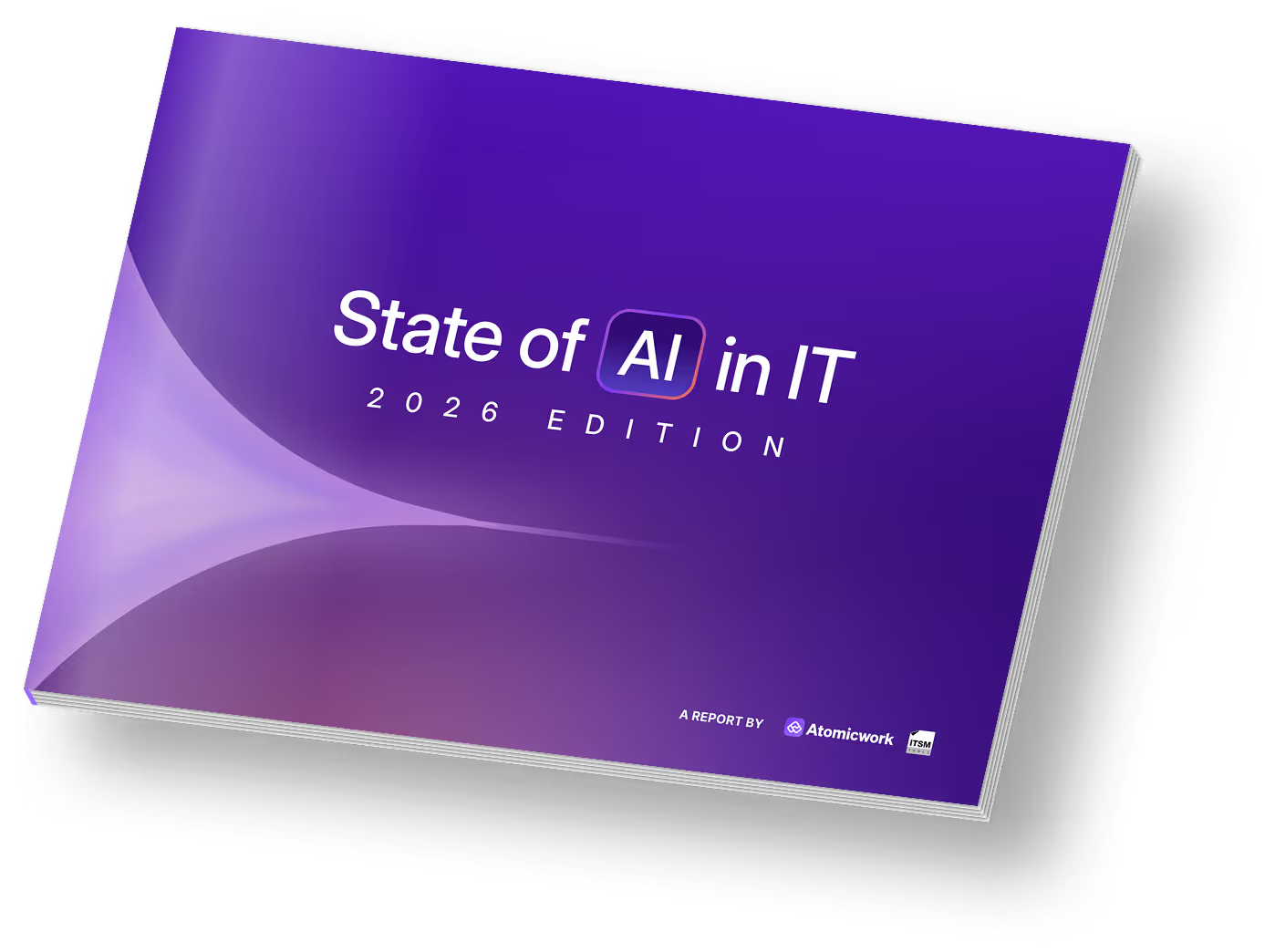Learnings from Pink25: The Past, Present, and Future of AI in service management

At Pink24, the ITSM world was divided.
Some organizations were excited about AI’s potential, while others were hesitant, questioning its reliability and practical value.
Fast forward to Pink25, and the conversation has changed. AI is no longer a question of “if” but “how” and “where”. IT professionals now recognize AI as an inevitable part of their work.
But with that realization, new challenges have emerged. Legacy ITSM platforms are struggling to keep up, AI adoption remains limited to user assistants and basic automation. And IT leaders are searching for ways to use AI to improve productivity while ensuring a seamless end-user experience.
The interactions I had with the IT community at (and outside of) Pink 25 gave me a sense of where ITSM has been, how it’s changing today, and where it needs to go next. Here are my key takeaways from the event.
.avif)
The Past: The frustration with legacy technology
For a long time, the IT community has been frustrated with legacy ITSM platforms. And it’s starting to boil over.
ServiceNow’s reputation for long implementation and configuration cycles (six months, and in some cases, more) and steep annual costs (with unexpected million-dollar bumps in the annual invoices being commonplace) continues to weigh on IT leaders.
BMC remains common in traditional and government organizations due to on-premises requirements, but even here, users are looking for more modern and user-friendly alternatives. Some IT folks seemed content with the status quo despite the usual challenges.
The Present: AI adoption is inevitable
A year ago, many IT leaders were still evaluating whether AI had a place in ITSM. At Pink25, it was clear that AI in ITSM is no longer a debate. The focus has now shifted from “Is AI ready for enterprise IT?” to “Where can AI deliver the most value?”.
Incident management remains one of the most common areas where ITSM platforms are leveraging AI. Virtual assistants are helping end users by synthesizing information from knowledge bases. But AI is yet to thrive beyond these basic use cases. The next phase of AI in ITSM needs to go deeper.
The Future: AI must solve tougher ITSM challenges
For AI to be truly transformative in ITSM, it needs to tackle more sophisticated challenges — specifically around asset and configuration management.
A big gap from an AI adoption perspective is in CMDB management. Maintaining an accurate CMDB is a manual, time-consuming process that IT teams struggle to keep up with. Without reliable configuration and asset data, AI’s decision-making becomes very “garbage in, garbage out”.
The future of AI in ITSM will need to address this by automating CMDB upkeep, ensuring continuous tracking of software, hardware, and infrastructure changes. AI has the potential to analyze system event logs, update configuration items dynamically, and ensure that IT teams always have an accurate, real-time view of their environments.
Our CEO, Vijay Rayapati, went deeper into how AI-augmented ITSM works in an insightful session at Pink25 with Troy DuMoulin, the VP of R&D at Pink Elephant.

AI must evolve beyond ticket deflection, clustering, and resolution to make a bigger impact across ITSM. To see how you can start accelerating AI adoption in ITSM, explore our in-depth guide here.
Frequently asked questions

Faq answer paragraph

Faq answer paragraph

Faq answer paragraph

Faq answer paragraph

Faq answer paragraph

Faq answer paragraph

Faq answer paragraph

Faq answer paragraph

Faq answer paragraph

Faq answer paragraph
You may also like...


































